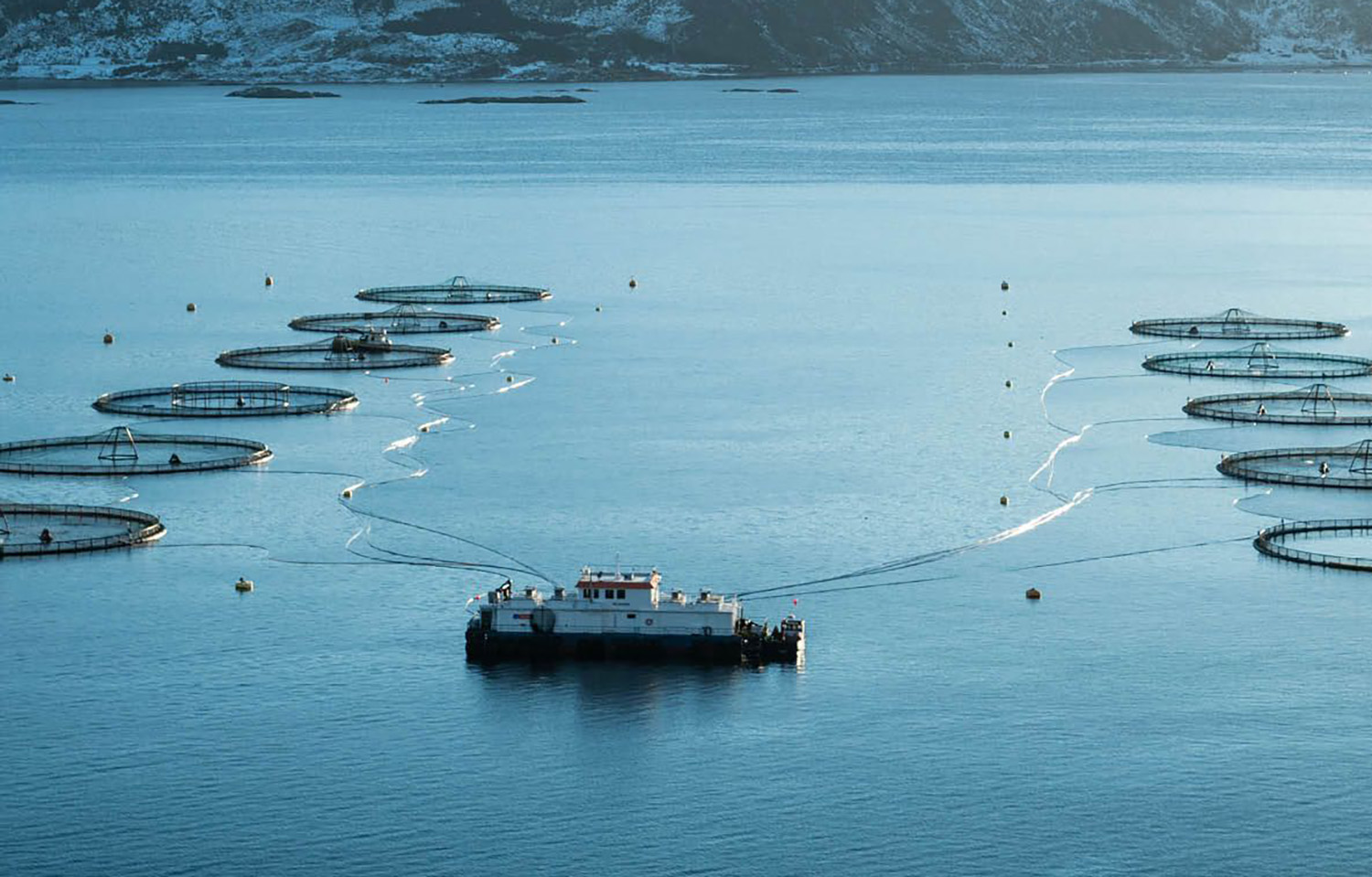Despite recording a larger year-over-year harvest in Q2 2024, Bergen, Norway-headquartered salmon-farming firm Mowi posted an operational EBIT of EUR 230 million (USD 250.9 million) in the period, a decrease of almost EUR 70 million (USD 76.4 million) compared to the corresponding quarter of 2023.
Mowi harvested 110,500 metric tons (MT) of gutted-weight equivalent salmon during Q2 2024, which was 500 MT ahead of the company’s forecast for the quarter and up on the 107,500 MT recorded in Q2 2023.
By production region, Mowi’s Norwegian operations harvested 59,500 MT of fish – down from 61,500 in Q2 2023. Mowi's Scottish production stood at 19,500 MT, up from 18,000 MT. Its Canadian operations harvested 9,500 MT, on par with last year. Mowi's Chilean production reached 14,500 MT, up from 14,000 MT, while its operations in Ireland harvested 3,500 MT, up from 1,500 MT. Its Faroese operations recorded 2,500 MT in salmon harvests, down from 3,000 MT, and its Icelandic operations harvested 1,500 MT, up from 100 MT.
Mowi's salmon of Norwegian origin achieved a Q2 2024 operational EBIT per kilogram of EUR 2.50 (USD 2.73), down from EUR 3.35 (USD 3.65) in Q2 2023.
Operational EBITs for Mowi’s salmon of Scottish, Canadian, Chilean, and Faroese origin also decreased year over year by EUR 2.20 (USD 2.40), EUR 0.70 (USD 0.76), EUR 0.85 (USD 0.93), and EUR 4.15 (USD 4.53) per kilo, respectively.
Lerøy Seafood also reported an increased harvest during Q2 2024, with its latest trading update confirming a total salmon and trout volume of 36,700 gutted-weight tonnage, excluding its volumes from Scottish Seafarms, of which Lerøy owns 50 percent.
In terms of its Norwegian farming regions, Lerøy Sjøtroll located in Vestland recorded a 15,900 GWT harvest, of which 5,300 GWT was trout; Lerøy Midt in Nordmøre and Trøndelag recorded 15,700 GWT; and Lerøy Aurora in Troms and Finnmark contributed 5,100 GWT.
Within LSG’s Wild Catch segment, Lerøy Havfisk's total catch volume for the quarter totaled 17,800 MT, down from 23,709 MT in Q2 2023.
Frøya, Norway-headquartered producer SalMar, which owns the other 50 percent of Scottish Seafarms, confirmed a total harvest of 44,800 MT in Q2 2024, which was on par with its harvest announced in the same quarter a year previously. This latest volume comprised 27,100 MT from its Farming Central Norway segment, 17,000 MT from Farming Northern Norway, and 700 MT from Icelandic Salmon.
Grieg Seafood reported a total harvest volume of 15,300 MT in Q2 2024 versus 22,645 MT in Q2 2023. Of this volume, its Norwegian operations of Rogaland and Finnmark contributed 2,800 MT and 3,900 MT, respectively, compared to 11,536 MT and 5,573 MT, respectively, reported in the same quarter last year.
The group had previously forecast a total Q2 2024 harvest volume of 17,100 MT, comprising 3,500 MT from Finnmark, 3,600 MT from Rogaland, and 10,000 MT from British Columbia, Canada. No fish were harvested in Grieg’s Newfoundland operations, but the firm said that harvests would resume in the region in Q3 2024.
Grieg’s BC operations actually harvested ...








